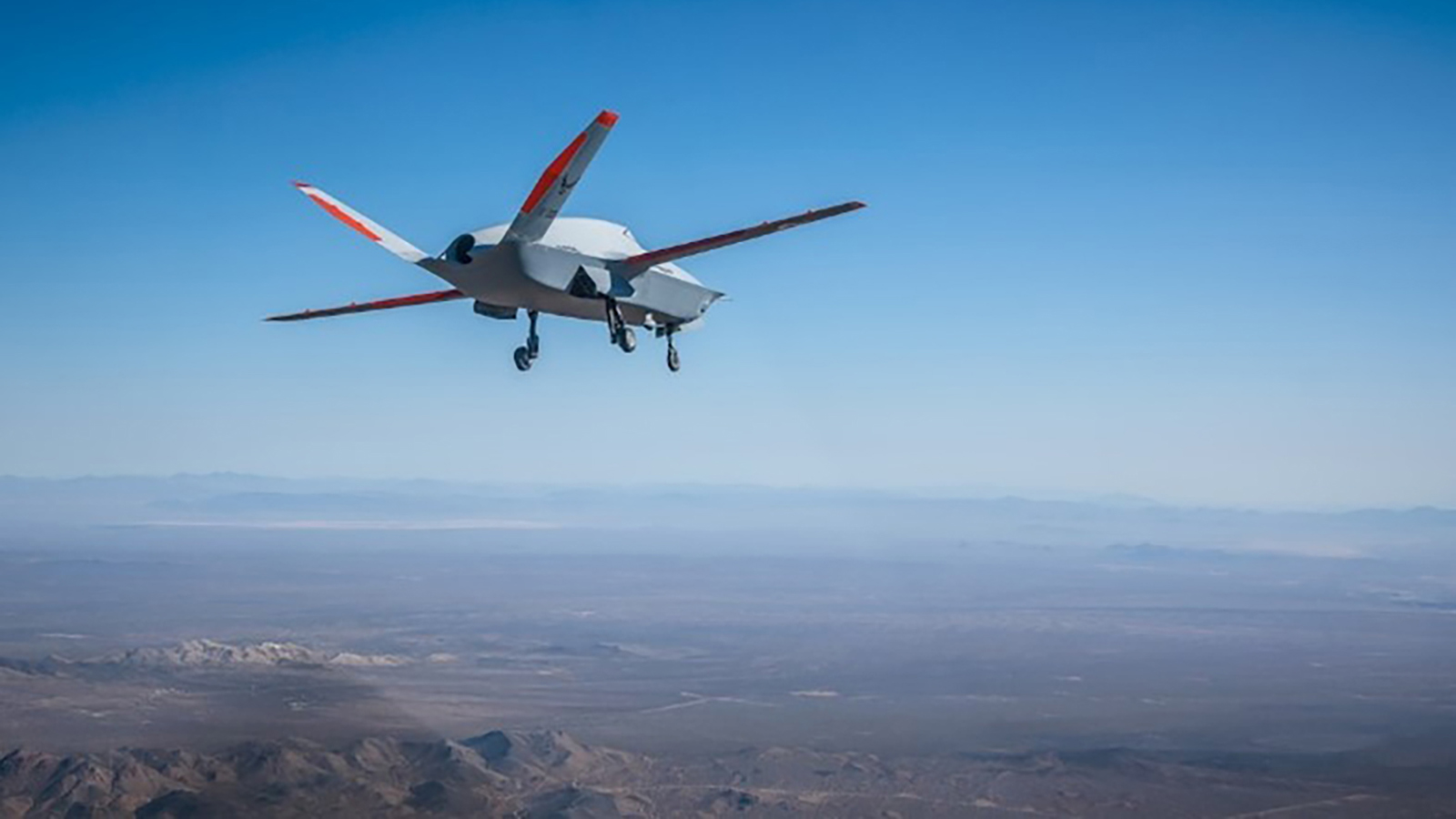Stay Up to Date
Submit your email address to receive the latest industry and Aerospace America news.
The Human-Machine Teaming Technical Committee fosters the development of methodologies and technologies that enable safe, trusted and effective integration of humans and complex machines in aerospace and related domains.
Because of its potential to revolutionize aerospace, artificial intelligence was the topic of the year. In the near term, AI could be the means of enhancing autonomy in aerospace operations. Integrating AI with human-machine teaming, HMT, is another logical step forward. There are various ways to conceptualize HMT, but the approach that emerged this year consists of a machine that works alongside humans, monitors their performance to reduce workload and in some cases serves as a reliable wingman.
One area that will require HMT is developing the next generation of extravehicular activity spacesuits. In June, Axiom Space of Texas, in partnership with SpaceX and NASA, completed the first pressurized simulation with its next-generation Axiom Extravehicular Mobility Unit suit — the first such test since the Apollo era. Two NASA astronauts are to don AxEMU suits when they venture onto the lunar south pole during the Artemis III landing, scheduled for 2026. In August, Nokia and Axiom partnered to integrate high-speed cellular networks into the AxEMU suits, so that high-definition video, telemetry and voice can be transmitted across several kilometers on the moon.
In September, SpaceX’s own EVA suit was tested for the first time during the Polaris Dawn private spaceflight. Billionaire Jared Isaacman and SpaceX engineer Sarah Gillis partially exited their Dragon capsule, performing the first privately funded “stand up EVA.” For future flights, these suits must team with the astronauts to learn and predict an astronaut’s biometrics while simultaneously monitoring the space environment to ensure astronaut safety. The suits will also need to assist the astronaut in capturing and processing exploration data.
In the realm of military flight, the U.S. Air Force Research Laboratory in February conducted the first flight of the XQ-67A, built by General Atomics. This remotely piloted demonstrator represents the second generation of autonomous, collaborative aerial platforms that could serve as “loyal wingman” drones for the Next Generation Air Dominance sixth-generation fighter jet. General Atomics in April said that the XQ-67A is a prototype for its Collaborative Combat Aircraft. The XQ-67A flight tests are focused on autonomy, human systems integration, sensor and weapons payloads, and networks and communications — all components of HMT. Airbus is also developing loyal wingmen drones to team with Eurofighters.
In February, the U.S. Air Force added an automatic ground collision avoidance system to the Boeing T-7A Red Hawk trainer. AGCAS is designed to take control of the aircraft when the pilot passes out, such as when experiencing high g-forces — a good example of HMT in which the machine is working to keep the aircraft and pilot safe.
Another potential application of HMT is reducing the size of flight crews. In May, the European Union completed a technical milestone with DARWIN, the Digital Assistants for Reducing Workload and Increasing Collaboration project to develop AI-based automation for cockpit and flight operations. Researchers completed an AI-reasoning assessment based at technology readiness level 5.
Stay Up to Date
Submit your email address to receive the latest industry and Aerospace America news.




